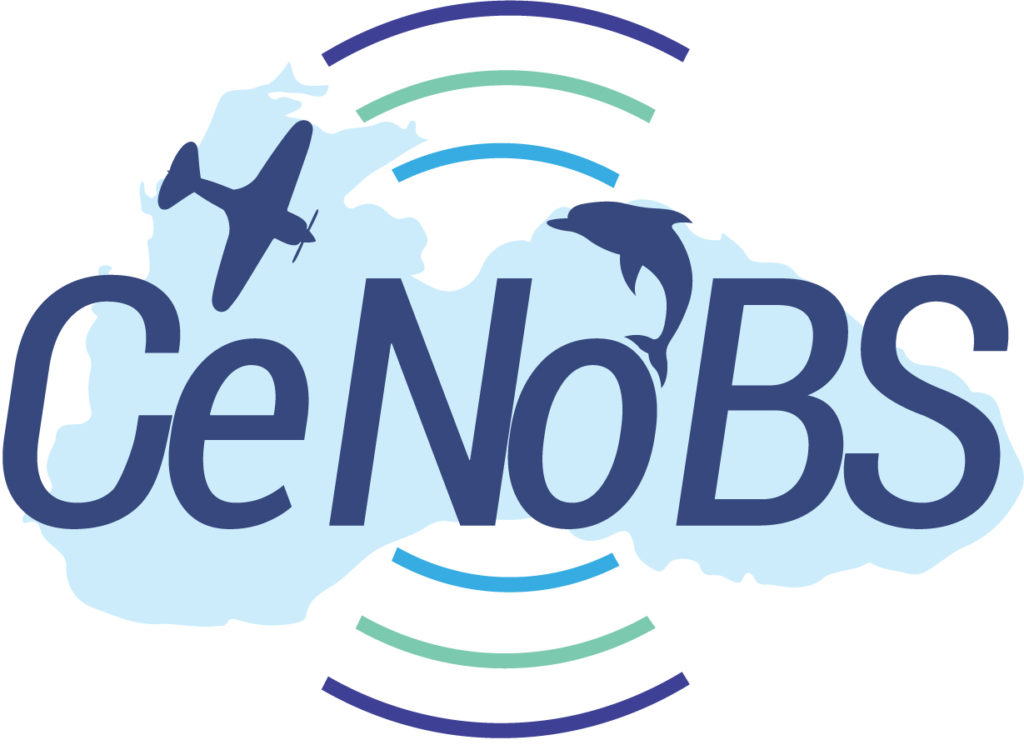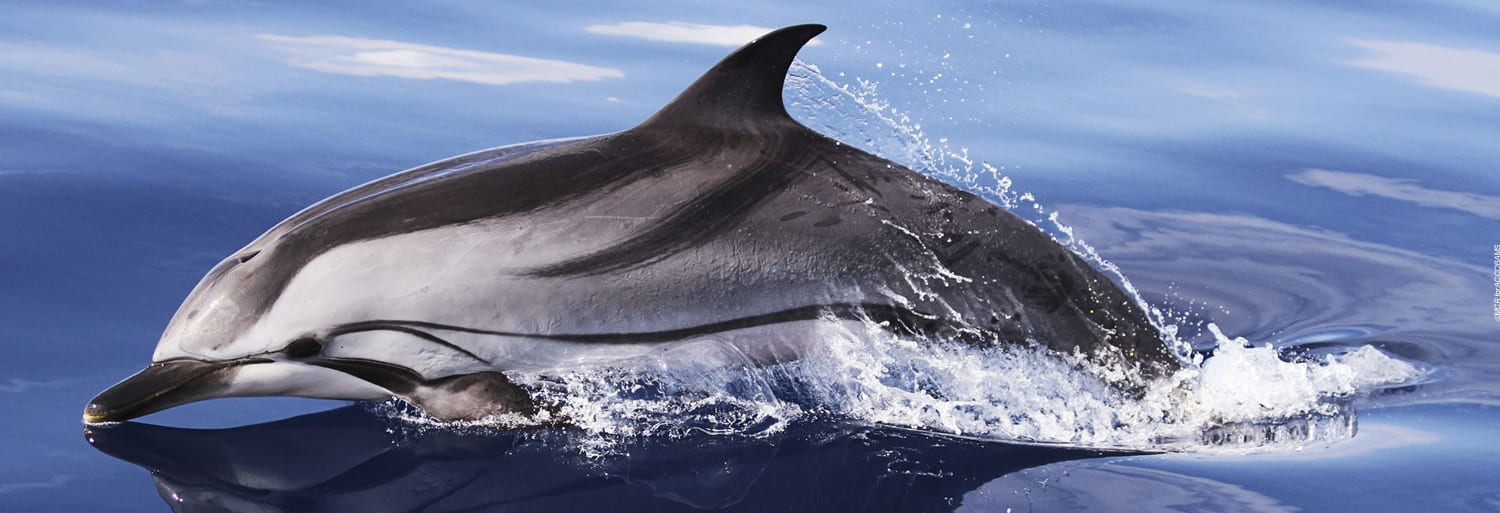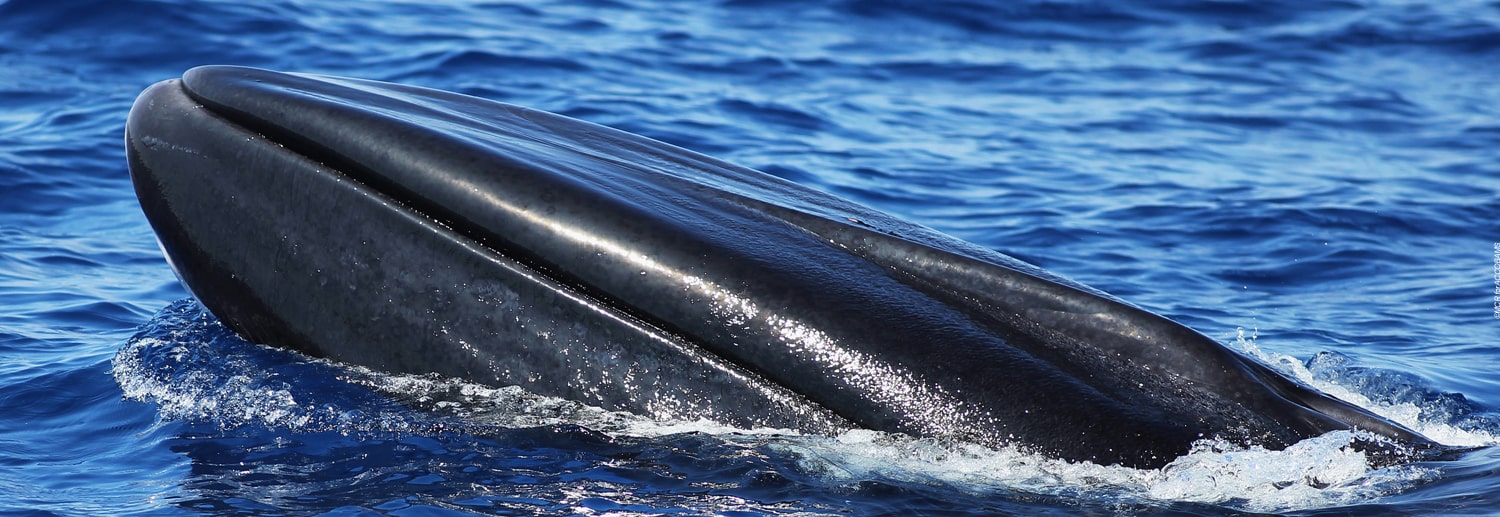CeNoBS Project

After successfully completing the ACCOBAMS Survey Initiative over the Mediterranean Sea and collecting data on cetacean but also on marine megafauna, underwater noise and marine litters, the ACCOBAMS Permanent Secretariat and Partners from the Black Sea were recently awarded a European Commission grant to cover the Black Sea. This project is untitled CeNoBS – Support MSFD implementation in the Black Sea through establishing a regional monitoring system of cetaceans (D1) and noise monitoring (D11) for achieving GES – and will allow to conduct the survey in a large part of the Black Sea next summer (2019).
OBJECTIVES
In relation to the Marine Strategy Framework Directive (MFSD), the main objectives are:
– to assess D1 (Biological Diversity) cetacean related criteria and establishment of tresholds values,
– to assess and support the development of D11 (Energy and Noise) monitoring in the Black Sea region through the dissemination of the project activities, results and outcomes.
ACTIVITIES
Cetacean distribution | A state of the art of marine mammal monitoring methodologies will allow to assess relevant methodologies, recommend the most suitable ones to the partner countries , and identify aspects which need further harmonisation between Member States to improve the consistency of monitoring and assessment region wide. During the summer 2019, Cetacean populations distribution and abundance will be assessed through a regional aerial survey aimed at collecting visual observations of cetaceans following specific and shared protocols. A training workshop will prepare the team leaders and observers just before the beginning of the survey which will start mid-June 2019. The collected data will be analysed in 2019 and 2020 . The results will be used to initiate the definition of thresholds values for cetaceans related indicators and criteria, in line with the new GES Decision (Decision 2017/848). |
| Noise Monitoring | The pilot actions for noise monitoring will allow to test methodologies applied in other marine areas and to define proposals and recommendations for D11 noise monitoring in the Black Sea. The pilot studies will assess the underwater noise level in dedicated locations on the Sea shelf of Member States. A training workshop will be organised with participants from all the Black Sea Countries. It will be aimed at strengthening capacities on D11 monitoring, addressing both anthropogenic impulsive sound in water and anthropogenic continuous low-frequency sound in water. |
| Bycatch monitoring | Pilot activities on cetaceans’ bycatch monitoring will be implemented. Data will be collected through port questionnaires and on-board observers. Postmortem examination of cetacean carcasses stranded ashore will be conducted as an independent estimation of the bycatch rate with special focus of IUU fisheries. This activity is aimed at demonstrating the feasibility of developing bycatch monitoring programme in a harmonised manner in the Black Sea to fill gaps on distribution, intensity and effects of bycatch pressure on cetaceans. |





